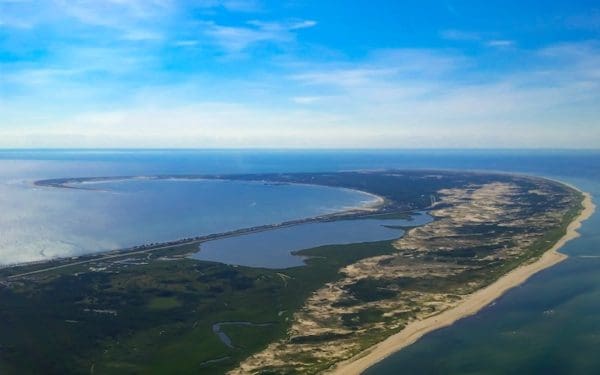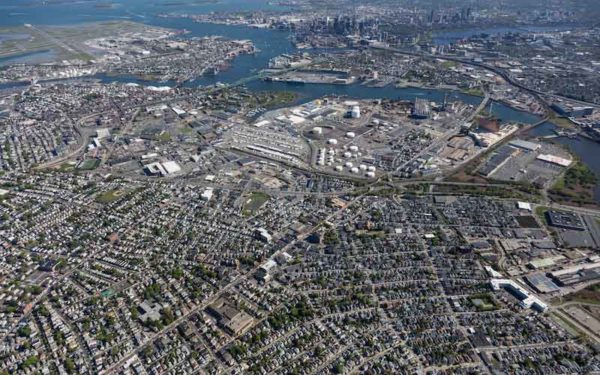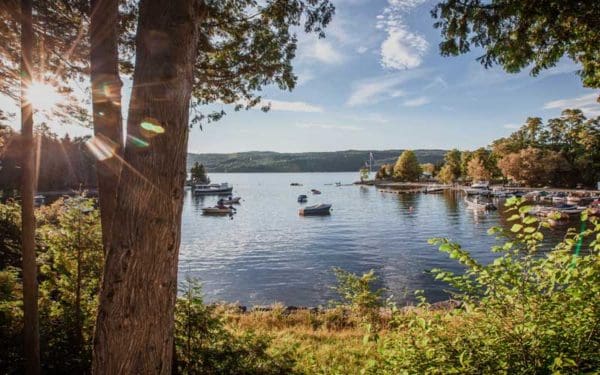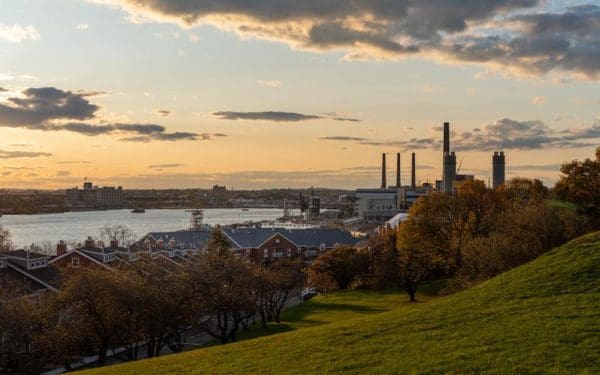States Stepping Up to Combat Toxic Forever Chemicals
Massachusetts regulated six dangerous PFAS chemicals. It’s a good start but, like its New England neighbors, more can be done to safeguard our drinking water.

Massachusetts regulated six dangerous PFAS chemicals. It’s a good start but, like its New England neighbors, more can be done to safeguard our drinking water.

“The public absolutely has a right to know if their drinking water is safe,” said Brad Campbell, President of CLF. “These new standards are a major advance in safeguarding our water from toxic PFAS. The provision for three-year reviews will further protect us and will ensure that these critical standards keep pace with the growing body of science on PFAS toxicity.”

“These three entities have utterly failed to protect Cape Cod’s waters,” said Christopher Kilian, Vice President of Strategic Litigation at CLF. “We’ve known for years that septic systems across the Cape are dumping waste into the bays and ponds the region depends on for tourism. Until they get this problem under control, the installation of new systems and the inspection of properties with existing septic must be halted.”

Every New Hampshire resident should be able to turn on their taps without wondering if the water is safe to drink. Yet a judge’s order to postpone testing of public water systems for dangerous chemicals is leaving residents in the dark about how best to keep themselves and their families safe.

The impacts of Hurricanes Harvey and Laura on oil and chemical facilities in Texas and Louisiana were foreseeable. Yet, Big Oil giants like ExxonMobil and Shell have left their facilities there vulnerable – and now the surrounding communities are paying a terrible, long-term price. It is difficult to grapple with such a massive corporate failure. We can’t risk the same happening here in New England.

Our organizations have a long history of working to protect Vermont’s environment and are committed to continuing this work well into the future. We join in encouraging all Vermonters to ask your members of our General Assembly to pass H.926 as an investment in a shared vision of our future that continues a legacy of environmental stewardship and healthy, prosperous communities.
“As Vermont works towards a rebound of tourism, clean water is a vital part of a healthy economy,” said Zack Porter, Lake Champlain Lakekeeper at CLF. “Future generations of Vermonters are counting on us to get this work done now, and officials have dragged their feet long enough. It’s time to get to work making sure this critical rule is properly implemented.”

Tom Caron is a co-owner of Tall Timber, a hunting and fishing lodge at the headwaters of the Connecticut River. The far reaches of northern New Hampshire are home to the headwaters of New England’s great Connecticut River. At 410 miles in length, the Connecticut forms the boundary of New Hampshire and Vermont, then flows… Continue reading Guest Blog: Trump Rollbacks on Water Protection Threaten My Family Business

“Properties have been given free rein to dump toxic pollutants into the Mystic and Neponset Rivers for too long,” said Heather Govern, Director of CLF’s Clean Air and Water program. “Communities surrounding the Mystic and Neponset already see far more than their share of pollution, and toxic algae outbreaks only add insult to injury. It’s time EPA hold these polluters accountable and ensure residents have access to clean and healthy rivers.”

The Charles River has been hit by toxic algae blooms almost every summer in recent years. The blooms — which can be dangerous for people, pets and the river’s ecosystem — are fed by hot sunny days and storm runoff containing nutrients, especially phosphorus.